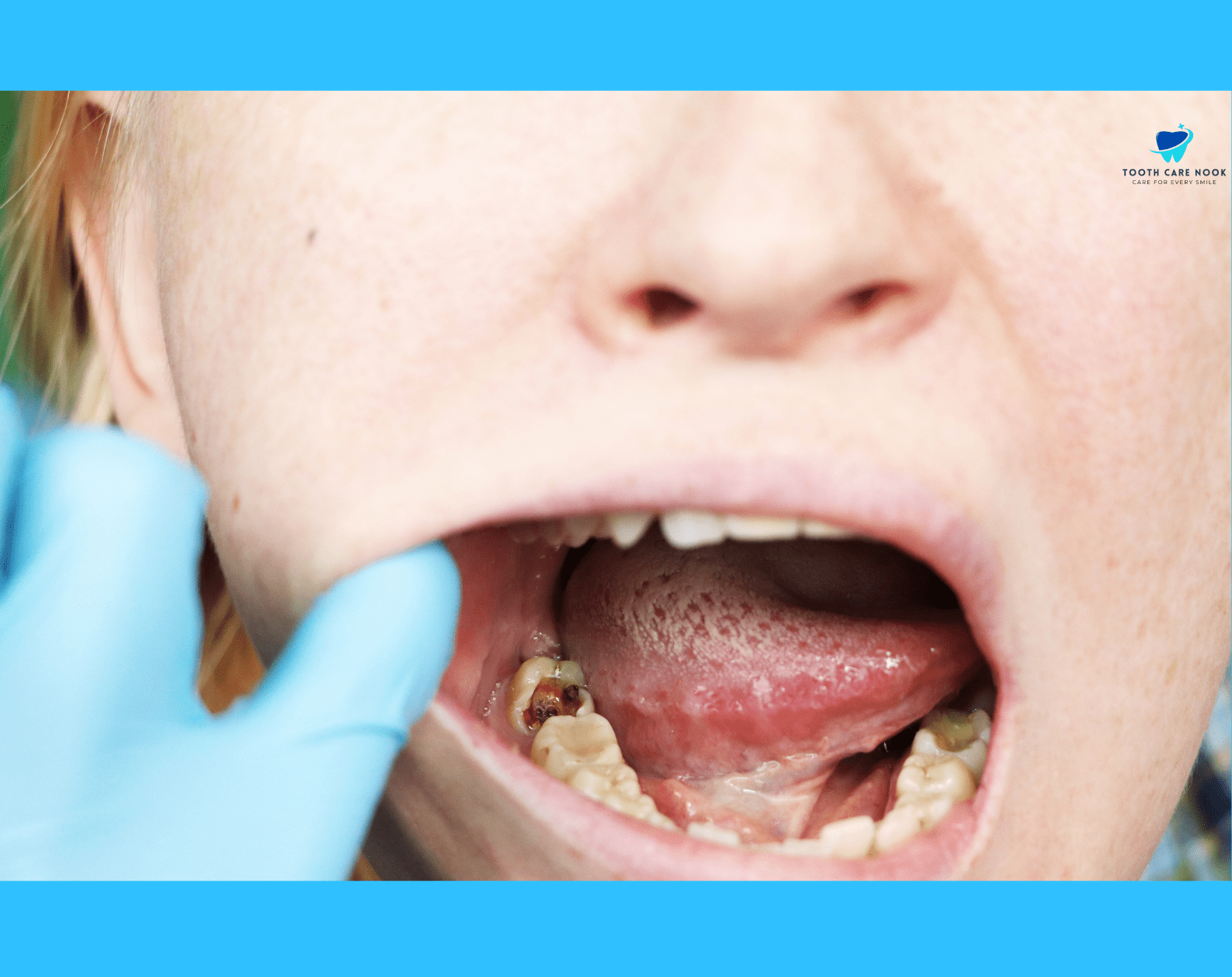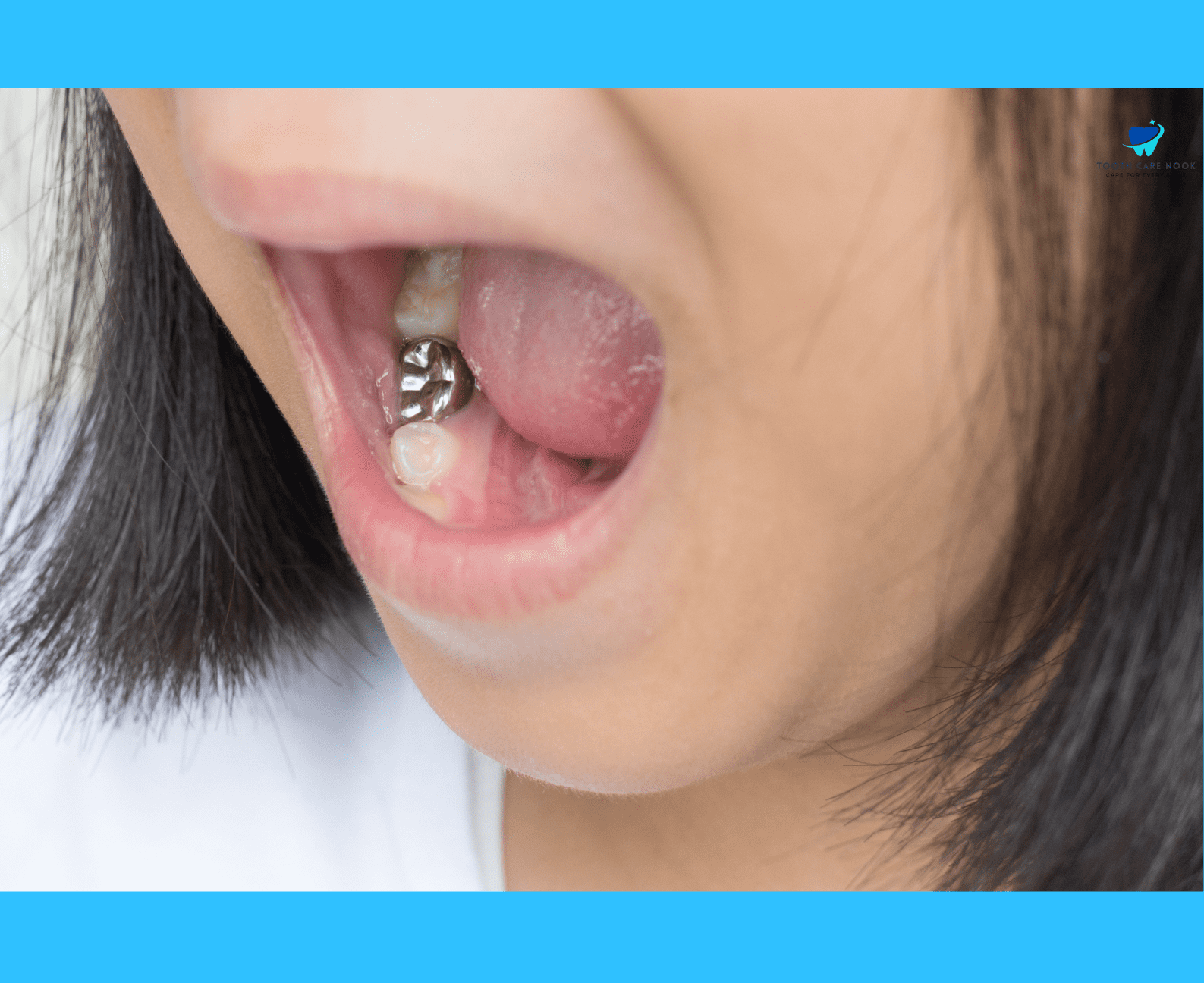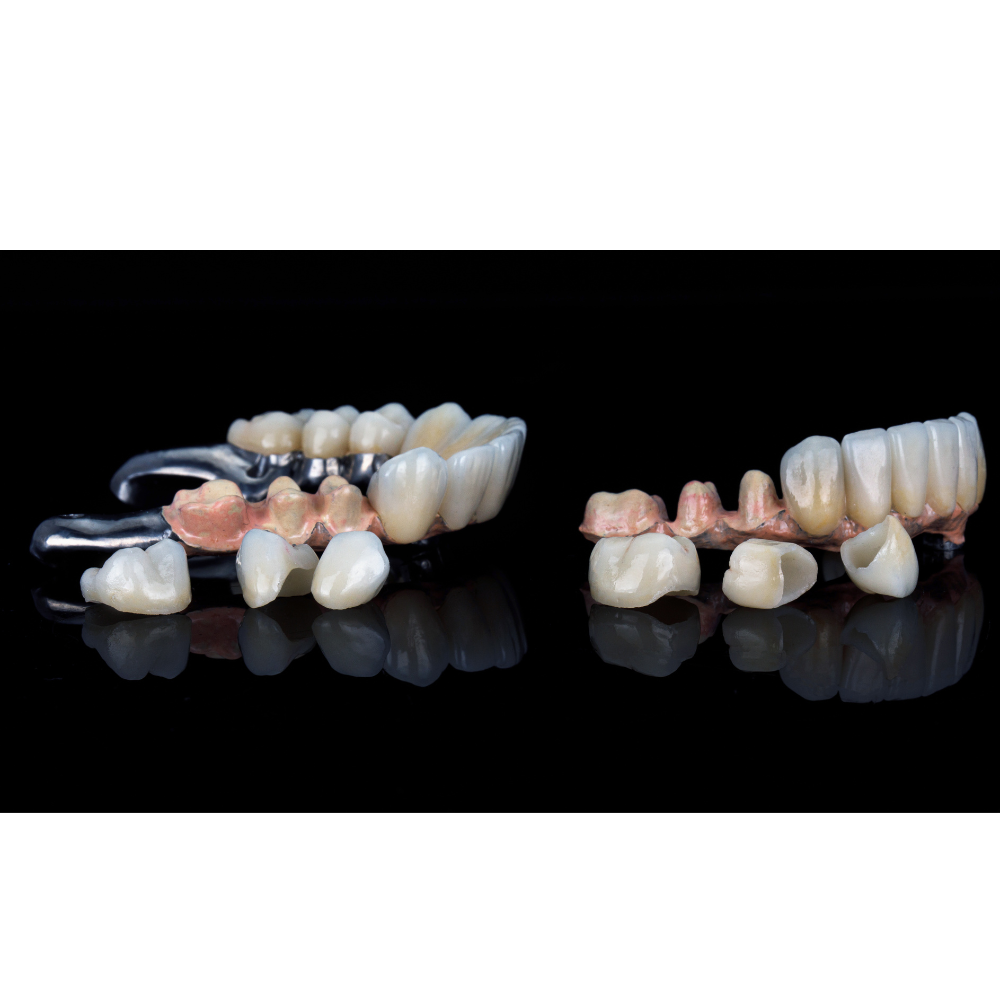What is Buccal Dentistry | Know Every Aspect
A healthy smile starts with a positive experience. Oral health can be improved with buccal dentistry dedicated to fulfilling your needs. Buccal dentistry is not a specific area of dentistry, but a term used to describe anything related to the cheek side (buccal surface) of the teeth. It offers a full range of services designed to cater to your specific requirements whether you’re looking to improve your smile’s radiance or address underlying issues.
Buccal dentistry is changing how you view oral care, emphasizing your comfort and overall experience. Say goodbye to the anxiety related to dental visits and hello to a new era of patient-centered treatment. Let’s start with the basic surfaces of teeth before getting to know about buccal dentistry.
What Are 5 Surfaces of The Teeth?
Teeth surfaces have distinct functions and require specific care. Here are the five surfaces of the teeth:
-
Occlusal teeth surface
The chewing surface of your back teeth where the grinding happens is the occlusal teeth surface.
-
Buccal teeth surface
The cheek-facing side of your teeth.
-
Lingual teeth surface
The tongue-facing side of your teeth.
-
Mesial teeth surface
The mesial teeth surface is the surface closest to the center of your smile, where your teeth meet.
-
Distal teeth surface
The surface is furthest from the center of your smile, at the back of each tooth.
What is Buccal in Dentistry
In dentistry, buccal refers to the outer surface of teeth facing toward your cheek. It’s one of the important surfaces of your teeth that dentists look after to keep your smile healthy.
Importance of Buccal in Oral Health
When you’re getting a dental check-up, your dentist always examines and cleans this part of your teeth to prevent cavities and other issues. If there’s any problem, like decay or plaque buildup, they’ll take care of it. Sometimes, if you need braces or aligners, they might work on your buccal surface to help straighten your teeth.
What is Occlusal Buccal and Incisal Buccal
Occlusal Buccal:
The occlusal buccal is the outer surface of a tooth that faces toward the cheek or lips, specifically with the chewing surface or occlusal surface of the tooth. It’s where the top part of the tooth meets the cheek or lips.
Incisal Buccal:
Incisal buccal refers to the outer surface of the teeth facing toward the cheek or lips, but specifically with the biting edges or incisal edges of the front teeth.
What Is Lingual Dentistry
Lingual dentistry refers to the use of lingual braces in orthodontic treatment. It’s an alternative to traditional braces for patients who desire a more discreet approach to teeth straightening.
Buccal Surface vs Lingual Surface
| Buccal Surface | Lingual Surface |
| The outer surface facing the cheek or lips | Inner surface facing tongue |
| Assists in chewing and grinding food | Aids in speech, swallowing, and stability |
| Susceptible to plaque buildup and decay | Prone to plaque accumulation and issues |
Reason For Buccal Cavities
Here are some reasons for buccal cavities:
- Plaque accumulation.
- Sugary or acidic foods and beverages.
- Not brushing and flossing regularly.
- Brushing too quickly or with excessive force.
- Skipping regular dental visits.
- Reduced saliva flow.

Procedure For Buccal Fillings
Preparation of the Tooth:
Once the anesthesia takes effect, the dentist prepares the tooth for the filling. They use a dental drill or other tools to remove any decayed or damaged tissue from the buccal surface of the tooth.
Placement of Filling Material:
The dentist selects an appropriate filling material based on factors such as the size and location of the cavity. They commonly use filling materials like composite resin, amalgam, or glass ionomer cement. The chosen material is then applied to the prepared buccal surface of the tooth and shaped to restore its natural contour.
Curing and Shaping:
In Buccal Dentistry, your dentist will use a special curing light to harden the material if using a tooth-colored composite resin filling. Once hardened, they further shape and polish the filling to ensure a smooth and natural-looking result.
The last step is a final inspection to ensure the filling is properly placed and secured on the buccal surface. The dentist may make any necessary adjustments to the filling’s shape or size to ensure proper bite.
Who Needs Buccal Fillings?
Buccal fillings are recommended for individuals who have cavities or other damage specifically on the outer surfaces of their teeth facing towards the cheek or lips. The following factors can indicate the need:
- Patients diagnosed with cavities.
- Individuals who have experienced dental trauma.
- Patients with existing fillings on the buccal surfaces.
- Some individuals may opt for these fillings to address cosmetic concerns.
- preventive measures to seal small pits or fissures on the buccal surfaces of teeth.
- Patients who are undergoing orthodontic treatment, such as braces or aligners.
How Long Do Buccal Fillings Last?
They last for several years, but their longevity will depend on factors such as the type of filling material used, the size and location of the filling, oral hygiene practices, dietary habits, and individual factors such as grinding or clenching of teeth.
Here’s what you can expect regarding the lifespan with different types:
Composite Resin Fillings:
These tooth-colored fillings are commonly used for buccal fillings due to their aesthetic appeal. On average, composite resin fillings can last between 10 years or more with proper care and maintenance.
Amalgam or Gold Fillings:
Amalgam fillings, made from a mixture of metals, are known for their durability and longevity. They can last for 20 years or more which makes them a popular choice for posterior teeth.
Glass Ionomer Fillings:
These fillings release fluoride and are often used in areas with minimal chewing pressure. While not as durable as amalgam or composite resin, they can last around 5 years with proper care.

FAQs
What are buccal gums?
Buccal gums simply refer to the gum tissue on the cheek-facing sides of teeth. They are very important in supporting your teeth and keeping them healthy.
What’s the Difference Between a Cavity and a Pit?
A cavity is a hole or void in a tooth caused by decay. It needs dental treatment, like fillings, to fix and prevent further damage. On the other hand, a pit is a small dent or groove on a tooth’s surface. It’s a natural feature and usually harmless unless it traps food or causes other problems.
What is the Depth of the Buccal Pit Cavity?
The depth of a buccal pit cavity is 1.5 mm and is generally shallow compared to deeper cavities. Dentists assess depth during exams and may treat by removing decay and filling the cavity to prevent further damage.
How Many Teeth Are in the Buccal Cavity?
The buccal cavity holds all the teeth in your mouth which includes incisors, canines, premolars, and molars. Adults usually have 32 teeth in total. These are positioned along the upper and lower dental arches, with the outer sides of teeth facing toward the cheek or lips.



